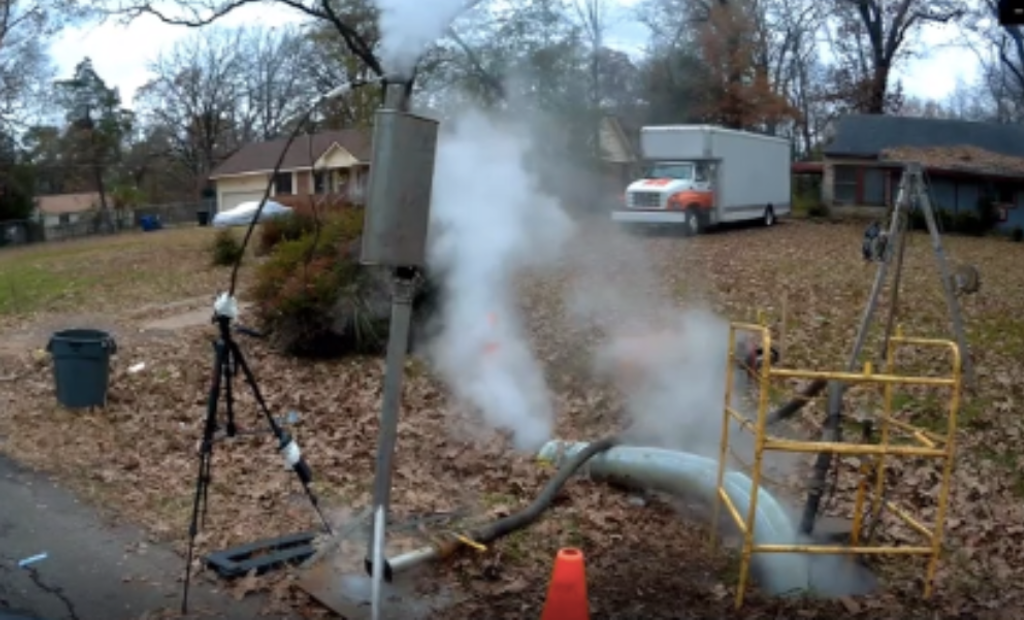Interested in Rehab/Relining?
Get Rehab/Relining articles, news and videos right in your inbox! Sign up now.
Rehab/Relining + Get AlertsThe results of a study focused on the safety of emissions resulting from the steam-cured CIPP process are in. The Trenchless Technology Center at Louisiana Tech University was tabbed by NASSCO to conduct the study and recently shared its preliminary findings via webinar.
As part of the study, the Trenchless Technology Center collected data at nine CIPP project sites dating back to December 2018.
“The sites reflected variety — different geographies and climates, high altitude and dry and low altitude and wet, different times of the year,” says Elizabeth Matthews, one of the members of the team heading up the study.
The pipe lengths and diameters also varied at the CIPP job sites in Shreveport, Louisiana; St. Louis, Missouri; and Aurora, Colorado, where data was collected. Various emissions measurements were taken before, during and after curing at the job sites and the surrounding areas. Meteorological measurements like wind speed were also taken into account. Dispersion modeling was used to estimate compound concentrations for areas extending farther away from the job sites.
Though it wasn’t the only chemical looked at, styrene was the only volatile organic compound identified with concentrations significant enough to potentially pose a health risk to workers and the surrounding community, based on guidelines published by the Environmental Protection Agency, OSHA and the National Institute for Occupational Safety and Health.
Much of the emissions testing showed styrene amounts below those health risk thresholds. Across the various job sites, the trend that emerged was that the liner truck opening and emissions stack posed the greatest concern.
“Because of the consistency of the data, those are the areas we focused on with our safety recommendations,” says John Matthews, director of the Trenchless Technology Center.
Some of the preliminary recommendations include:
- Active air monitoring for anyone entering the liner truck, as well as the appropriate personal protective equipment for those workers.
- A 15-foot perimeter around exhaust manholes and emissions stacks during curing. The perimeter can be entered for short amounts of time not exceeding five minutes. Beyond five minutes, the appropriate PPE should be used.
- A minimum height of 6 feet for emissions stacks to enhance the dispersion of emissions and lessen the likelihood of workers entering the perimeter from having to cross into the plume, even when wearing PPE.
“There was a lot of data collected,” Matthews says. “We feel this is a pretty comprehensive study, but there’s always an opportunity to collect more data.”
To view and listen to a recording of the webinar, visit www.nassco.org. A more detailed report of the study will be available soon along with answers to questions that were submitted during the webinar. NASSCO will also be providing additional safety recommendations through its CIPP Safety Workgroup and is encouraging industrywide participation. Email director@nassco.org to join.






